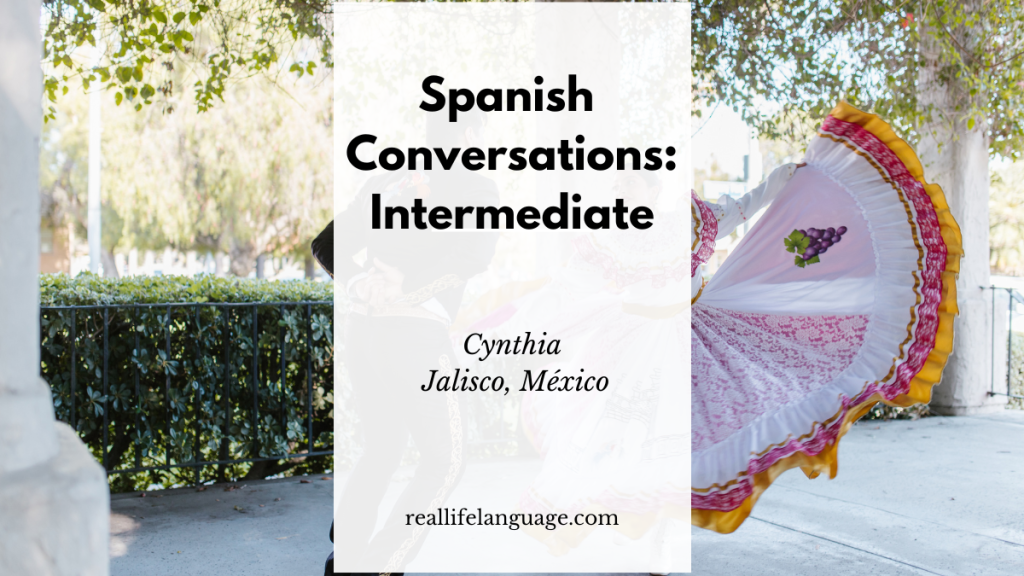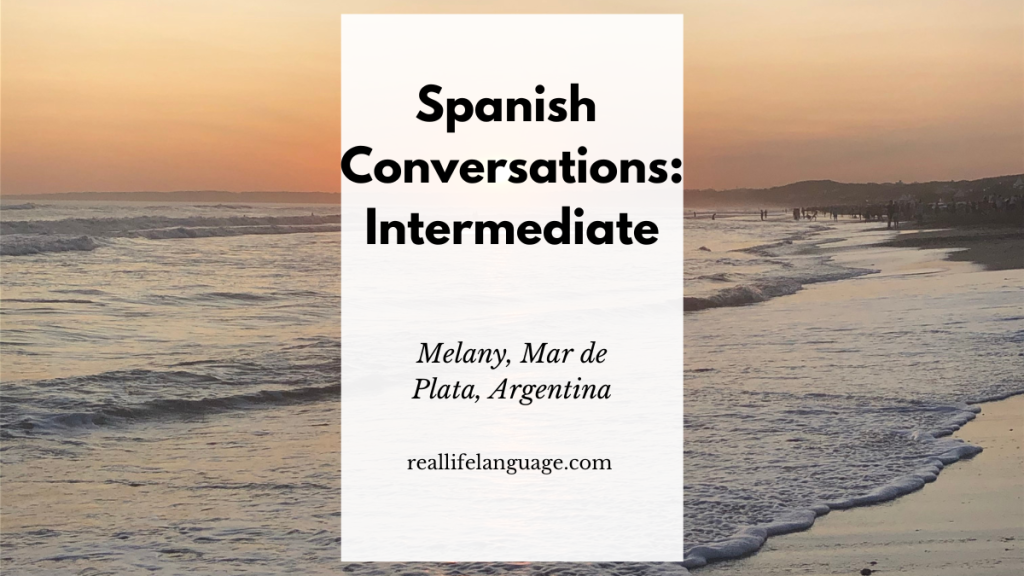This article is based on an authentic intermediate-level Spanish conversation and is designed to help learners who want to learn Spanish by listening to real people talk about everyday life, culture and personal stories. The speaker shares touching personal moments, local traditions, and practical details about life in her region. Below are summaries, cultural notes and a vocabulary section with phrases learners can practise.
Outline
- Personal story: joy and loss
- Traditions: Holy Week and local foods
- Friendship, faith and community
- Cultural groups: Garifuna and Mayan identities
- Health, employment and prices
- Leisure, technology and nature
- Art and literature
- Practical Spanish phrases and practice activities
Personal story: joy and loss
The speaker recounts the moment she found out she would become a mother: “this is the best day of my life.” That joy is immediate and heartfelt. She also shares the sorrow that followed — the baby died a week before being born. This contrast between elation and grief offers powerful, natural language learners can study for emotional and narrative vocabulary.
Useful phrases from this section:
- Voy a ser mamá. — I’m going to be a mom.
- Este es el mejor día de mi vida. — This is the best day of my life.
- Murió una semana antes de nacer. — She died a week before being born.
Traditions: Holy Week and local foods
The speaker describes Holy Week (Semana Santa) processions, an important local tradition. People carry religious images through the streets, often dressing in black as a sign of mourning for the mother of Jesus. She mentions leaving very early (3 a.m.) and coming home at 4 a.m., plus the bustling crowds and seasonal treats.
Food and drinks mentioned:
- Atole de leche con arroz — a warm, traditional drink
- Street sweets, tacos and local snacks
Useful phrases for talking about traditions:
- Procesión — procession
- Vestir de negro — to dress in black
- Llevar la imagen en los hombros — to carry the image on the shoulders
Friendship, faith and community
Friendship is described as loyalty and sincerity; friends are often like family. The speaker emphasizes honesty and support, and mentions faith as a guiding force for relationships.
Key vocabulary:
- Amistad — friendship
- Lealtad — loyalty
- Sincero — sincere
- Guiado por Dios — guided by God
Cultural groups: Garifuna and Mayan identities
The conversation highlights Guatemala’s cultural diversity. In the Izabal department there is a Garifuna community concentrated on the Caribbean coast and on the island of Livingston. The Garifuna people bring African heritage, coastal cuisine (lots of seafood and plantains), music and dance. The highlands are home to many Mayan groups, each with distinct traditional dress (traje típico), colours and weaving styles. A hand-embroidered blouse can be very expensive — she mentions about $300 for some pieces — and each pattern can identify a community or municipality.
Useful vocabulary and cultural notes:
- Garífuna — Afro-indigenous ethnic group on the Caribbean coast
- Traje típico / huipil — traditional woven blouse or outfit
- Comida: pescado, mariscos, plátano — fish, seafood, plantain
- Quetzal — national bird and the currency (el quetzal)
Health system and employment realities
The speaker gives a frank view of structural challenges: many people lack access to healthcare or nearby hospitals, malnutrition remains an issue, and public health insurance is limited. On employment, opportunities for young people are scarce, wages are low and many work long hours. She cites an example monthly wage of 3,000 quetzales and explains local inflation and fuel price impacts.
Spanish terms useful for discussing these topics:
- Seguro de salud — health insurance
- Desnutrición — malnutrition
- Salario mínimo — minimum wage
- Jornada laboral — workday
Everyday life: leisure, technology and nature
Leisure activities include visiting the historic city centre, fairs, board games, neighbourly gatherings and late-night socialising. The speaker notes that movie theatres may be in larger cities only. Technology became more essential during the COVID-19 pandemic; she learned video tools and content creation out of necessity and now sees technology as both a helpful tool and a partial replacement for physical contact.
On nature, Guatemala is often called the “country of eternal spring,” though climate shifts have changed weather patterns. She prefers the countryside for rest, but recognises that the city gives better job access and services.
Useful vocabulary:
- Cine — movie theatre
- Centro comercial — shopping mall
- Tecnología — technology
- Campo vs ciudad — countryside vs city
Art, literature and national identity
Art takes many forms: painting, music (including the marimba), crafts and national theatre. Rigoberta Menchú is mentioned as an influential indigenous voice — her testimonial writing highlights the internal armed conflict and struggles for equality, and is recommended as essential reading for understanding the country’s history and identity.
Key words:
- Artesanía — handcrafts
- Marimba — traditional instrument
- Escritor / escritora — writer
- Premio Nobel — Nobel Prize
Prices, currency and useful conversions
The speaker uses local prices as everyday examples: a street item might cost 6 quetzales (she compares this to Mexican pesos), and fuel price rises affect the cost of living. She also gives a simple conversion used in the conversation: 1 quetzal ≈ 2.5 Mexican pesos. These concrete figures are useful for learners practising numbers, currency and shopping dialogues.
Practical Spanish phrases and activities for learners
Below are targeted phrases, practice activities and role-play ideas to help learners who want to learn Spanish using this conversation as a model.
Essential phrases (with examples)
- ¿Cómo estás? — How are you?
- Estoy muy feliz / muy triste. — I am very happy / very sad.
- Fui a la procesión. — I went to the procession.
- ¿Qué tradiciones celebran en tu ciudad? — What traditions do you celebrate in your city?
- Trabajé desde las seis de la tarde hasta tarde. — I worked from six in the evening until late.
Listening and speaking exercises
- Shadowing: Listen to a short clip and repeat sentence-by-sentence, copying pronunciation and rhythm.
- Role-play: One student describes a festival; the other asks questions about time, food and clothing.
- Vocabulary swap: Take five cultural words (procesión, huipil, marimba, atole, quetzal) and make your own sentences.
- Story retell: Summarise the speaker’s personal story (joy and loss) in three sentences using past tenses.
Grammar tip
When narrating past events, practise the imperfect vs preterite contrast: use the imperfect for ongoing background (por ejemplo: era, tenía) and the preterite for completed actions (por ejemplo: nació, fui, volví).
Conclusion
This conversation provides rich, real-world material for learners who want to learn Spanish through authentic stories. It connects emotion, culture and everyday vocabulary — from festivals and food to work and social life. Use the phrases and practice activities here to build listening comprehension, improve pronunciation and expand cultural knowledge. Revisit the dialogue, shadow the speaker, and try the role-plays to make the language come alive.
Tip: Regularly practising with authentic conversations is one of the most effective ways to learn Spanish — combine listening with speaking and cultural study for the best results.
100s of videos to learn Spanish:
https://real-life-language.kit.com/b1531a6404
Learn Spanish: Intermediate Conversation Practice — Everyday Life, Culture and Useful Phrases

